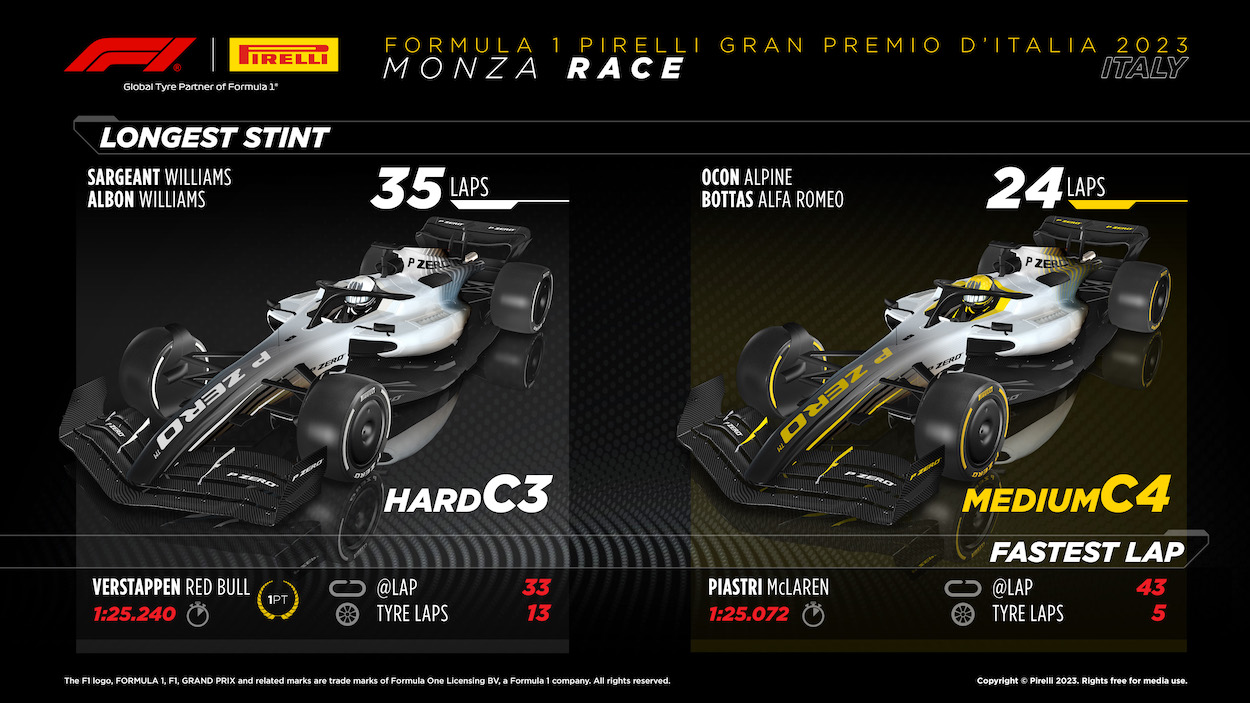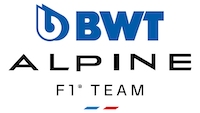Facebook Twitter LinkedInReddit Email
In the labyrinthine world of automobiles, there exists a seemingly cryptic code that holds a treasure trove of information about each vehicle on the road: the Vehicle Identification Number, or VIN. This alphanumeric sequence, usually composed of 17 characters, serves as the automotive equivalent of a fingerprint, uniquely identifying every vehicle manufactured. While it might appear to be a random assortment of letters and numbers, a VIN encases a wealth of valuable information. From manufacturing specifics to ownership history, decoding a VIN unveils a narrative that spans the entire existence of a vehicle. In this exploration, we delve deep into the enigmatic realm of VINs, unearthing the stories they tell and the significance they hold in the automotive landscape.
Unraveling the Code: Deciphering VIN Structure
At first glance, a VIN might appear to be an arbitrary arrangement of characters, but upon closer examination, it reveals a meticulously structured code that holds the key to a vehicle’s origin. Each segment of the VIN is akin to a chapter in the vehicle’s life story. The first three characters often represent the World Manufacturer Identifier (WMI), signifying the manufacturer’s identity and the vehicle’s country of origin. This is followed by a series of characters that provide insights into the vehicle’s make, model, and body type. The eighth character, known as the “Engine Code,” sheds light on the type of engine installed, while the ninth character serves as a security feature against VIN fraud.
Unveiling History: The Journey of a Vehicle Through its VIN
Beyond the technicalities of structure, a VIN unravels the intriguing history of a vehicle. By examining the 10th character, one can discern the model year of the vehicle, a factor of paramount importance in gauging a vehicle’s age. This reveals whether the vehicle is fresh off the assembly line or bears the marks of decades on the road. Moreover, the sequence of characters following the model year unveils a serial number unique to each vehicle, which holds information about the order of production. With the help of this number, manufacturers can trace back the exact assembly plant where the vehicle was manufactured, providing a tangible link to its birthplace. Furthermore, decoding a VIN can illuminate the vehicle’s equipment level, offering a glimpse into the array of features it was originally equipped with.
Guardian of Transparency: Unmasking VIN’s Role in Safety and Fraud Prevention
The VIN isn’t merely a concoction of characters for arcane identification purposes—it plays a pivotal role in ensuring vehicle safety and preventing fraud. As vehicles journey through time, VINs remain etched in their metal framework, serving as an indelible identifier that helps track recalls and safety issues. By scrutinizing recall databases using VINs, manufacturers and regulatory bodies can promptly alert vehicle owners about defects that require attention. Moreover, VINs are an indispensable tool in combating theft and fraud. Potential buyers can utilize a vehicle’s VIN to access its history, including accident reports, ownership changes, and title branding. This transparent record aids in making informed decisions, safeguarding consumers from unknowingly purchasing stolen or salvaged vehicles. As explained by a team at vinverifications.com, VIN verification adds an extra layer of authenticity to the vehicle’s history, providing reassurance to buyers and sellers alike. The ongoing advancements in technology have even facilitated online VIN verification services, simplifying the process for individuals and businesses.
Cracking the VIN Cipher: Global Standards and Variations
While the concept of a Vehicle Identification Number is universally recognized, the exact format and information encoded within it can vary across different regions and manufacturers. The first segment of the VIN, the World Manufacturer Identifier (WMI), serves as a prime example of this variation. Different countries adhere to distinct regulations and standards for assigning WMIs, leading to a diverse range of codes that denote manufacturers and their locations. This global diversity highlights the complexity of the automotive industry and the VIN’s role in bridging the gap between regional practices and international identification needs.













